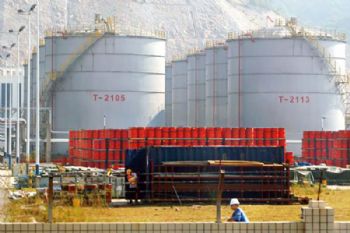
Royal Dutch Shell, the Anglo-Dutch multi-national oil and gas company with its head office in The Hague, has predicted a boom in the liquified natural gas (LNG) market as a result of increased demand from countries such as China and India.
Having acquired the BG Group last year for £36.5 billion, Shell says that “the demand for LNG is set to grow at twice the rate of the demand for gas — 4-5% a year — between 2015 and 2030.”
Maarten Wetselaar, Shell’s Head of Integrated Gas, said: “Global LNG trade demonstrated its flexibility time and again in 2016, responding to shortfalls in national and regional gas supply and to new emerging demand.”
He added that the number of countries importing the shipped gas has more than tripled in less than 20 years — from 10 at the turn of the century to 35 — with Colombia, Egypt, Jamaica, Jordan, Pakistan and Poland all recently starting up import programmes.
The Chinese government plans to more than triple its use of the gas to make up 15% of the country’s energy mix by 2030 (up from 5% in 2015).
However, Ed Cox, an LNG expert at market intelligence provider ICIS, said that “the full impact of a supply surge may only take effect by the end of the decade”.
He added: “Part of the reason the LNG market was not over-supplied last year was because new production — notably in Australia — was delayed, while operating rates at some other plants in Africa, the Middle East and the Americas were reduced due to technical or feedstock issues.”